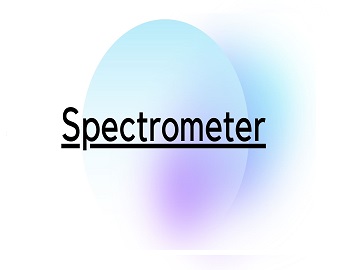Thermionic Valves:

A thermionic valve is an electronic device in which the source of electrons is a hot cathode and the manipulation of current is achieved through the adjustment of the potential of the anode. Thus, a thermionic valve consists of at least two electrodes contained in an evacuated glass envelope:
(1) Cathode- It provides electrons when heated. The cathode may be either directly heated or indirectly heated by sending a current through the filament.
(2) Anode or Plate- It is a hollow metallic cylinder coaxial with a cathode. It is kept at a positive potential with respect to the cathode, hence it is sometimes called an anode.
The below figure shows the symbolic representation of vacuum diodes.

Operation- The cathode K of the diode valve is heated by sending an electric current through the filament F, F. The hot cathode emits a large number of electrons. These electrons are crowded near the cathode and form a negatively charged electron cloud.
The negatively charged cloud of electrons near the cathode is called space charge. The presence of this negatively charged cloud prevents further emission of the electrons.
When a positive potential is applied on the plate with respect to the cathode by joining a battery marked H.T. as shown in figure (a), electrons from the space charge are attracted towards the plate. Thus a plate current flows in the circuit the magnitude of which depends on the plate potential. When the polarity of the H.T. battery is reversed, that is, when the plate is given a negative potential with respect to the cathode, the electrons are repelled by the plate, and hence no current flows in the plate circuit as shown in figure (b). The vacuum diode thus permits the flow of current in one direction only, hence it is called a valve.

Controlling the number of emitted electrons by filament current- A thermionic valve allows current to flow only when its plate is connected to the positive terminal of the battery, whose negative terminal is connected to the cathode. As the positive terminal of the plate is increased, the plate current increases. However, if we go on increasing the positive voltage of the plate, a stage comes beyond which the plate current becomes almost constant and does not show any further rise. This maximum current of the valve is known as the saturation current. At this stage, the space charge disappears as the rate of emission of electrons becomes equal to the rate of collection by the plate.
Since the rate of emission of electrons can be increased by increasing the temperature of the cathode, more number of electrons can be obtained per second by increasing the temperature of the cathode. The temperature of the cathode can easily be increased by increasing the filament current. Thus by increasing the filament current larger number of electrons reach the plate per second and the saturation current increases.
Controlling the number of electrons by grid voltage- In order to control the number of electrons reaching the anode in a more refined manner, one additional electrode known as a grid is inserted in between the cathode and the anode. The grid is in the form of a metallic mesh that is near the cathode and it practically surrounds the cathode.
By using another battery, the grid is made negative with respect to the cathode.
Since grid G repels electrons emitted by the cathode K, a smaller number of electrons are able to reach the plate P per second as shown below. By varying the grid voltage, the number of electrons reaching the anode can easily be controlled.









Comments (No)